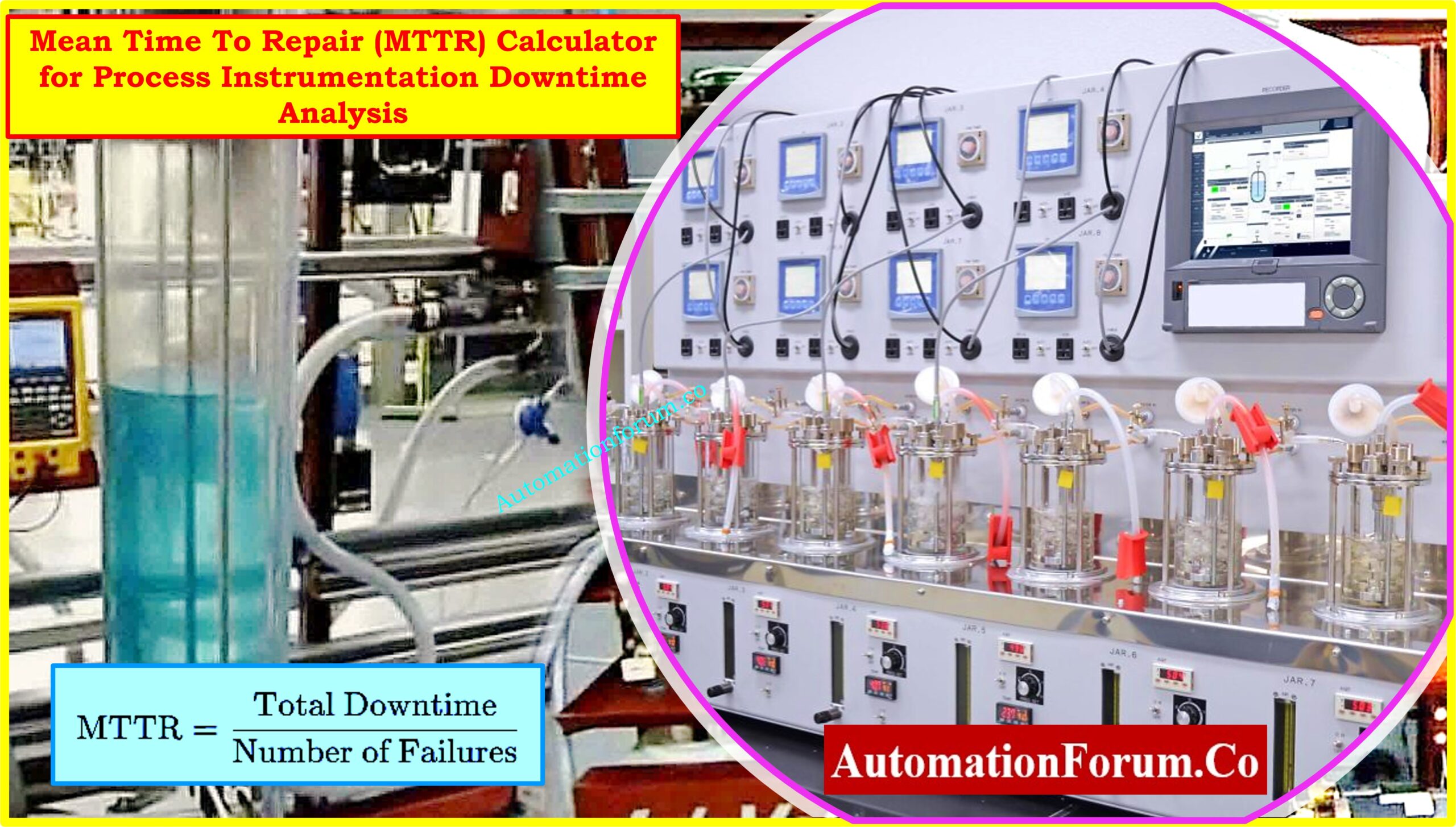This calculator allows you to convert pressure values from Millimeter of Mercury (mmHg) to Atmospheres (atm), commonly used in scientific research, weather forecasting, and various engineering applications where standardized pressure measurements are required.
Definition: Millimeter of Mercury (mmHg)
The Millimeter of Mercury (mmHg) is a unit of pressure that represents the force exerted by a 1-millimeter column of mercury at 0°C under standard gravity. It is often used in medical fields, barometry, and vacuum measurements.
Definition: Atmosphere (atm)
The Atmosphere (atm) is a unit of pressure defined as 101,325 Pascals. It is a reference standard for atmospheric pressure at sea level and is commonly used in scientific and engineering contexts.
Formula for mmHg to atm Conversion:
Pressure in atm=Pressure in mmHg÷760?
How to Convert mmHg to atm: Example Calculation
Suppose you have a pressure of 760 mmHg.
To convert it to atm:
760÷760=1?atm
So, 760 mmHg is equal to 1 atm.
Quick Reference Conversion Table for mmHg to atm
| Millimeter of Mercury (mmHg) | Atmospheres (atm) |
| 1 mmHg | 0.00132 atm |
| 10 mmHg | 0.0132 atm |
| 100 mmHg | 0.132 atm |
| 500 mmHg | 0.658 atm |
| 760 mmHg | 1 atm |
| 1000 mmHg | 1.316 atm |
Uses of mmHg to atm Conversion Calculator:
- Scientific Research: Helpful for converting pressure values in scientific experiments where both mmHg and atm units are used.
- Meteorology: Assists in converting atmospheric pressure readings from mmHg to atm.
- Medical Applications: Useful in converting blood pressure measurements from mmHg to atm.
- Industrial Calibration: Relevant for process control and calibration tasks involving standard atmospheric pressure units.
This mmHg to atm conversion calculator is an essential tool for professionals working in scientific, medical, and industrial applications where accurate pressure conversions are necessary.
Here you can refer more Online Instrumentation Calculators Collections





